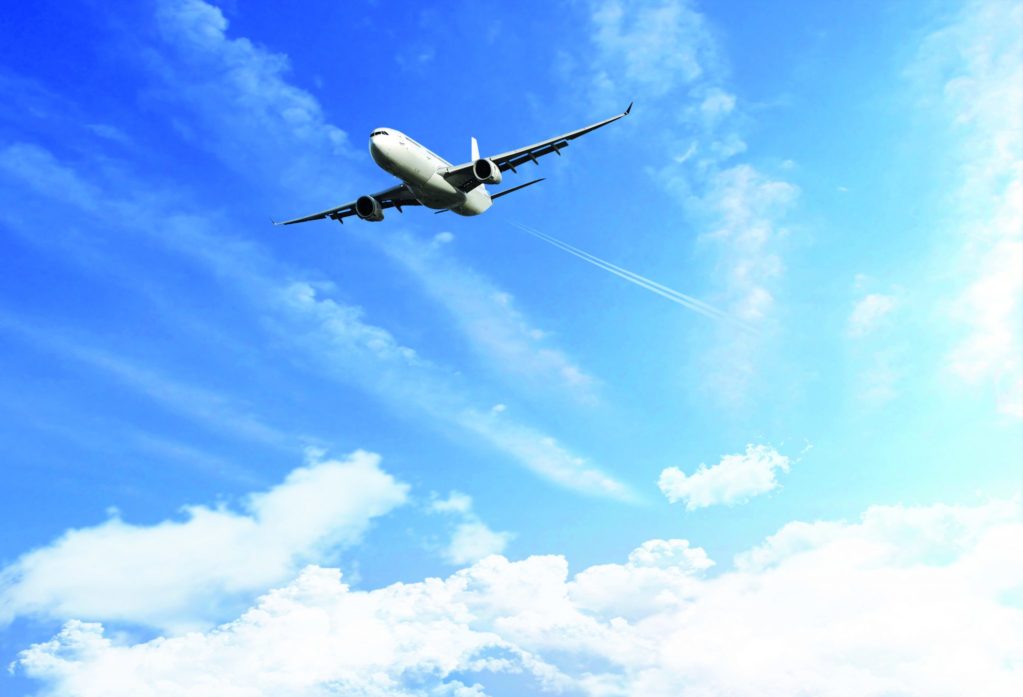Last year, South Africa’s aviation sector contributed R74 billion ($6.6 billion) to the country’s annual GDP and sustained around 230,000 jobs across the entire value chain, making it the largest on the continent.
However, the safety of the industry was questioned when allegations of death threats and illegal aircrafts operating without airworthiness certificates were made against the Civil Aviation Authority (CAA) in October.
These claims were sparked when a parliament reply revealed that only 42% of the aircraft in the CAA register have been issued with airworthiness certificates.
This certificate verifies that an aircraft is safe to fly and without such documentation, an aircraft should not be able to operate. Aviation in the country is divided into many subsections, including the South African Civil Aviation Authority (SA CAA), the Commercial Aviation Association of Southern Africa (CAASA) and the Recreation Aviation Administration of South Africa (RAASA).
When asked by a member of the opposition party, the Democratic Alliance (DA), the minister of transport, Dipuo Peters, revealed that there are 12,500 registered aircraft in the CAA but only 5,300 have been issued with airworthiness certificates.
Negative headlines swarmed the media and the CAA quickly released a statement denying the allegations. They claim that the information from parliament was taken out of context.
According to Leon Dillman, the CEO of CAASA, the details that were provided to Peters and her shadow minister were incomplete. Peters was, however, correct in saying that 42% of aircrafts registered with the CAA have airworthiness certificates. That 42% consists of all commercial planes and airlines. However, what the minister failed to mention was that aircraft used for different purposes qualify for different types of certificates.
The remaining 52% of the aircraft on the register have authority to fly certificates and are typically used for personal or recreational purposes or are vintage or ex-military aircraft. Dillman added that there are fewer than a handful of aircraft that might not be accounted for after being sold, exported or written off and this is something that just needs to updated on the system.
Dillman believes that the biggest problem in the CAA is their inability to process airworthiness certificates efficiently.
“If you do a modification on an aircraft, the process at the CAA, in my books, takes too long. They need to streamline this process as it’s causing issues within the industry,” he says.
One of the biggest allegations the CAA is facing is the whereabouts of the general manager of safety operations, Anton Richman. He disappeared when he received death threats, after reportedly running investigations within CAA. After asking about Richman’s employment status, and who is currently fulfilling his role, the DA received no feedback. The political party declined to comment on the matter as they are continuing with investigations.
Richman says he has resigned but denies running any investigation within the CAA.
“I wanted to pursue a career change, which I have done, following five and a half years as the general manager of air safety operations and two years before that as advisor to the CEO. The director of civil aviation and the board of the CAA were fully supportive of eradicating fraud in the organization and it was in that context that I was taking disciplinary action against an employee in the division I was responsible for,” he says.
“It was during my notice period, that I received threats against me and my family. The matter was referred to the relevant authorities for investigation. The CAA was highly supportive of me and the wellbeing of my family during that difficult time. As a result of the threats, it was agreed that I serve the remainder of my notice period working from home. I left on good terms with the CAA and I support the action that the leadership of the organization has taken to ensure good governance and legal compliance by its employees.”
Colin Jordaan was asked to stand as CEO of the CAA, after their first major audit by the International Civil Aviation Organisation (ICAO) at the end of 2007, to get the organization up to standard and pass the re-audit.
“We spent a lot of time making sure that the team that was there for the re-audit understood the bigger picture,” says Jordaan.
During his time as CEO, the CAA passed their second audit and retained their Category 1 status.
Jordaan says that safety within the aviation industry in South Africa is not in question and that if there was something to worry about it would be dealt with immediately by the various governing organizations.
He, however, does share Dillman’s views on improving the process of obtaining and renewing certificates. Jordaan says many pilots have become frustrated with the gruelling process of taking care of their certificates. Some are even opting to register and renew in other countries where the process is less complicated and faster.
Jordaan also mentions problems within the CAA regarding its board members and management.
“You need people that have respect in the aviation industry. Somebody that is doing oversight on SAA needs to have experience flying an Airbus A340 rather than just a simulator and doing a course in Talos. You need to have credibility, that’s the bottom line.”
All questions surrounding the issues of safety in the aviation industry have been put to rest and all numbers were accounted for. The CAA scored very high on its most recent audit by the ICAO and there do not seem to be any concerns around safety at this stage. However, one thing that would be appreciated by some in the industry is the improvement of the certification process.
